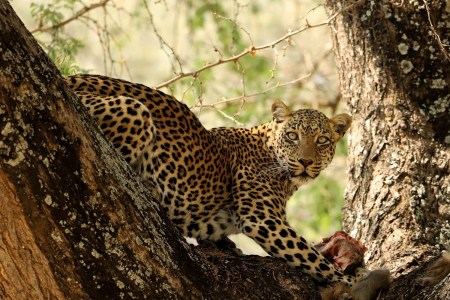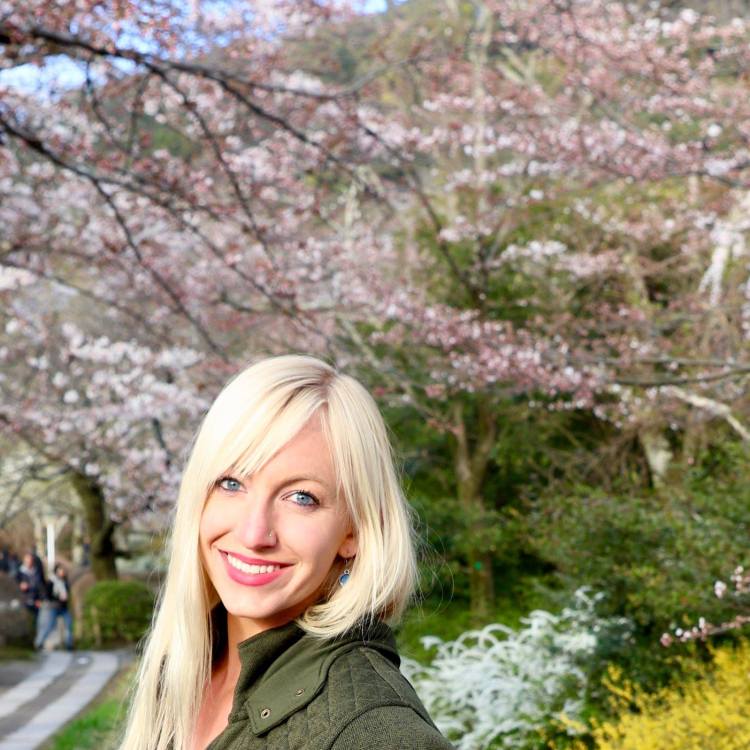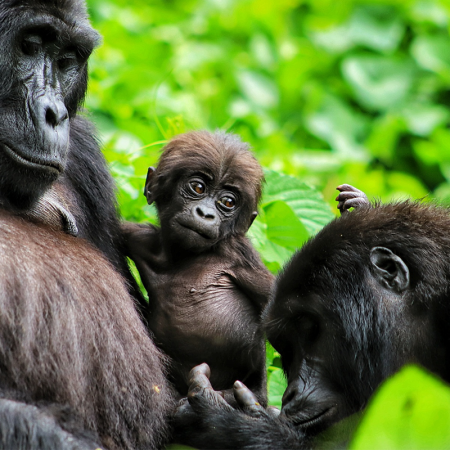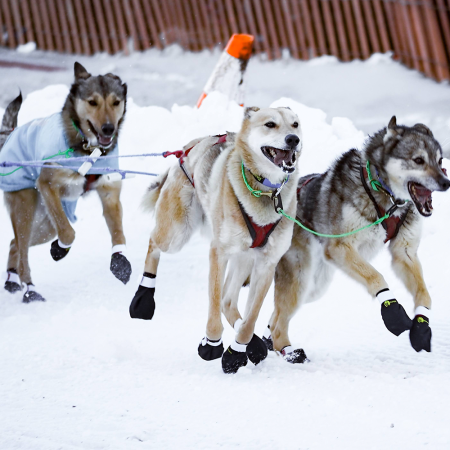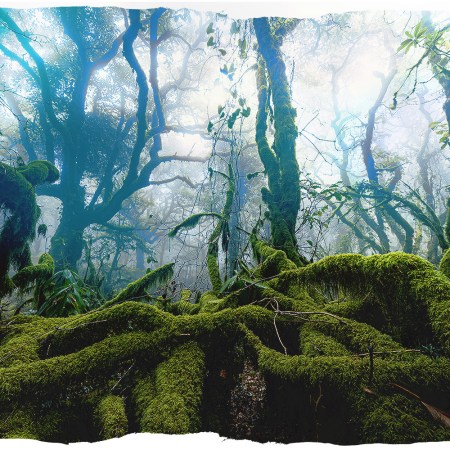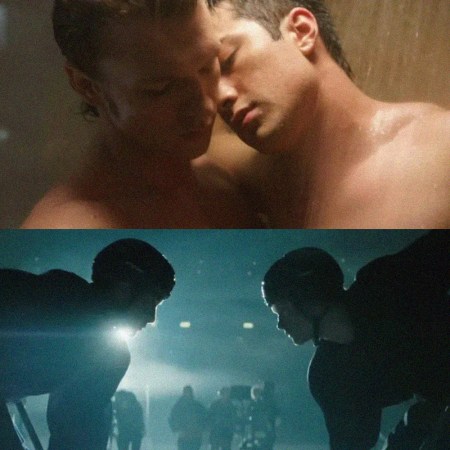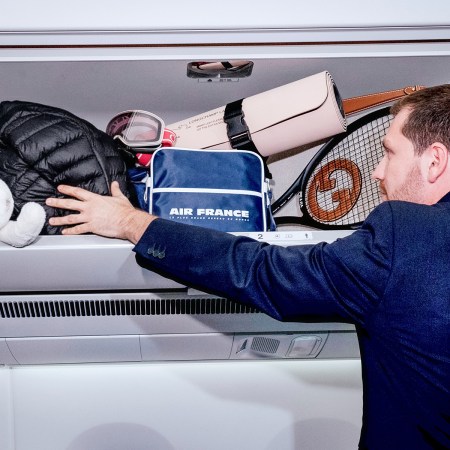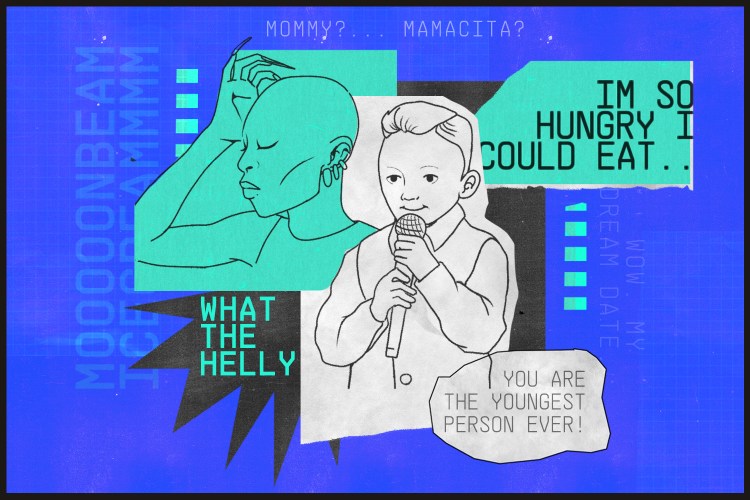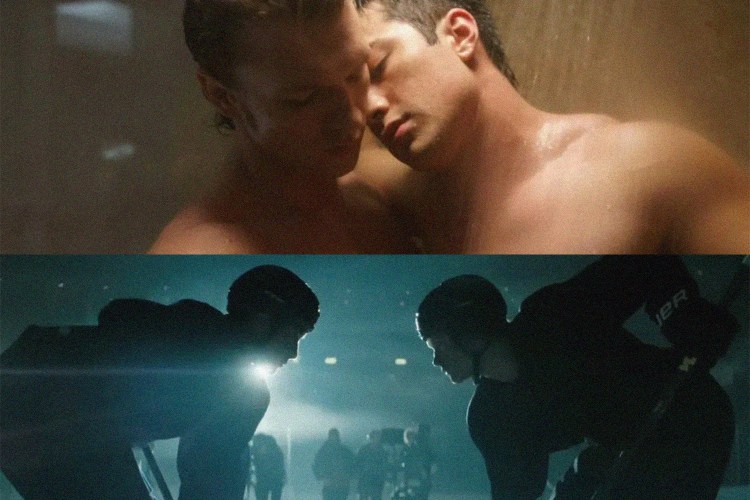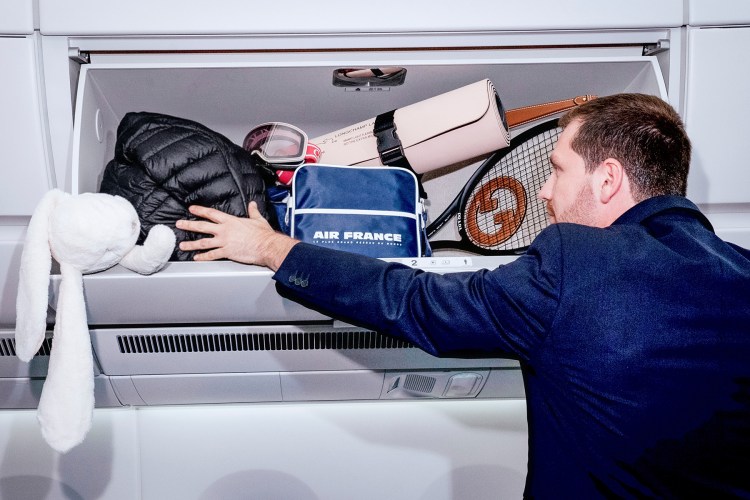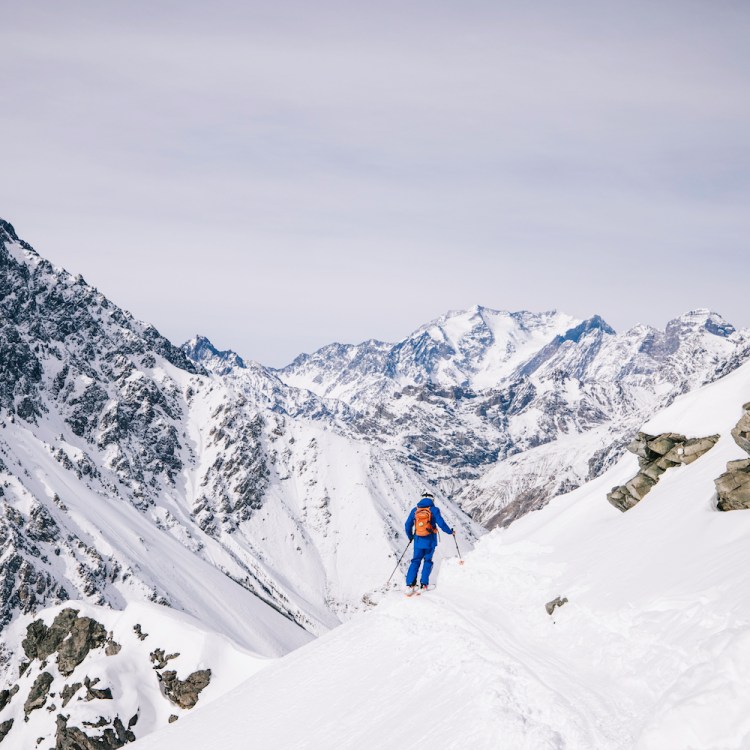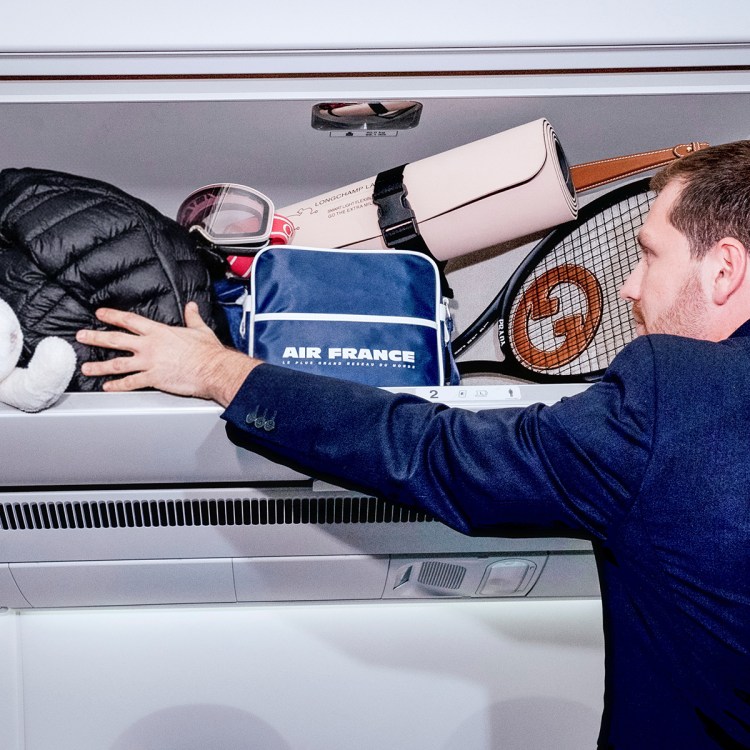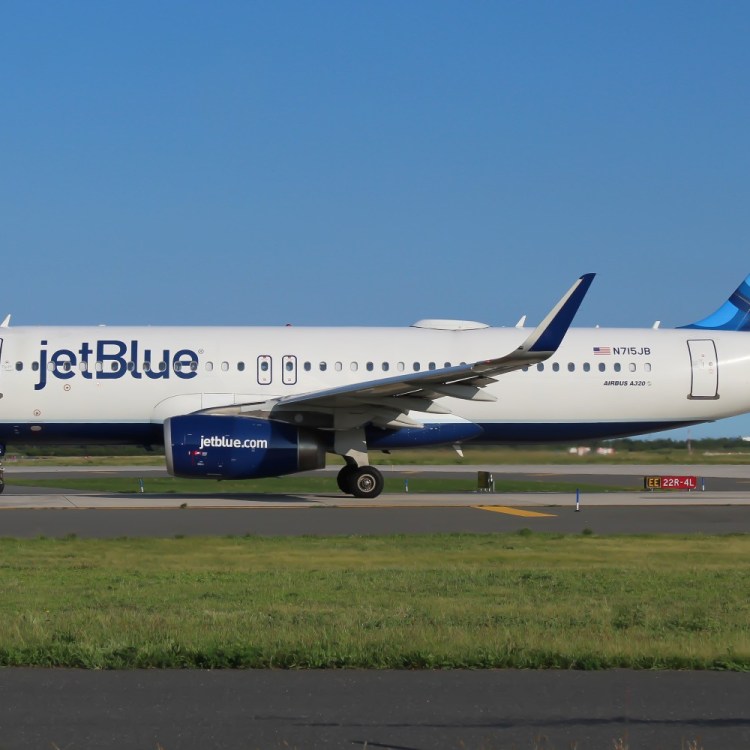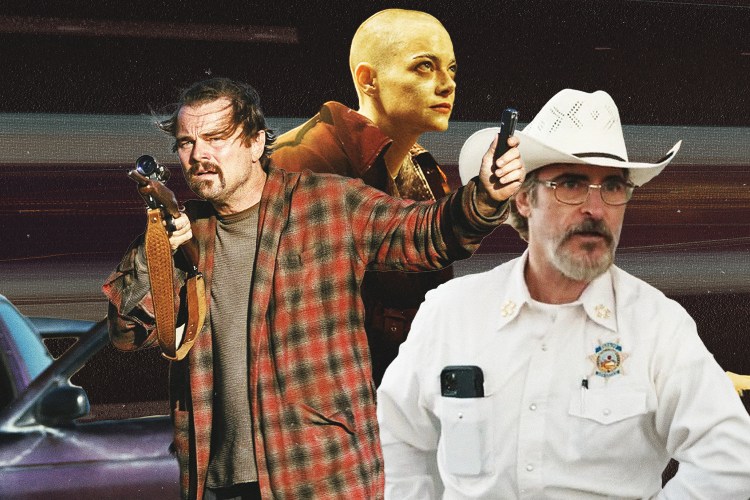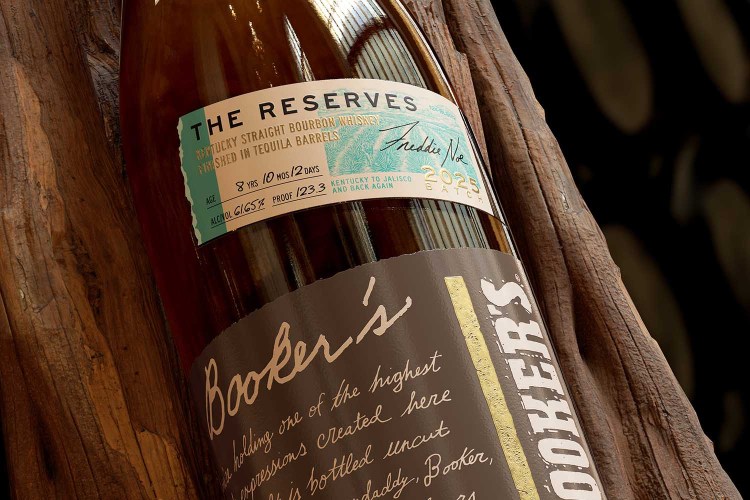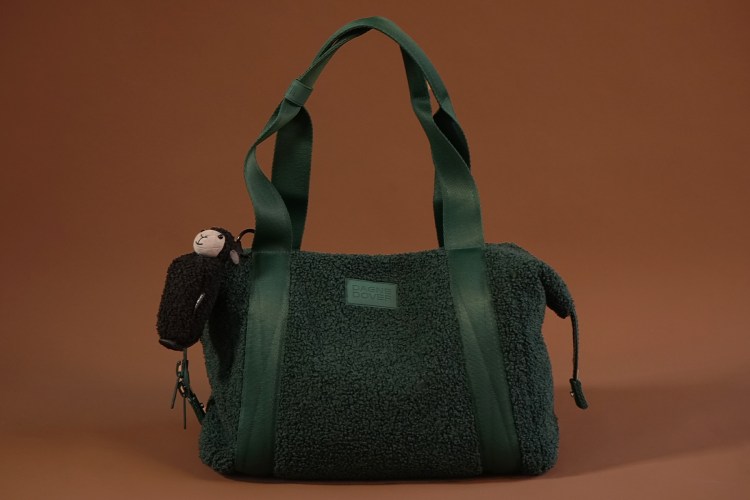I’m standing waist-deep in a chocolate-hued, jungle-fringed tributary of the Congo River, watching my guide wade further downstream, with his hands cupped to his ears to amplify the sounds of the forest. The only noises I hear are kingfishers trilling, leaves rustling as capuchins race across the treetops and the distant bellowing of a hippo. But we’re stalking critically endangered forest elephants, which are known to be shy, so we have to tread quietly and listen — not just for the pachyderms but also for buffalo, crocodiles and other dangerous creatures that could be lurking in and around this swampy area, known as a bai.
We’re in Odzala-Kokoua National Park in the Republic of the Congo. Spanning 5,200 square miles (roughly the size of Connecticut), it is Africa’s oldest national park, having been established in 1935 to protect unique and valuable ecosystems like this. Odzala-Kokoua is part of the larger Congo Basin, otherwise known as the “lungs of Africa.” This dense, old-growth rainforest is the largest carbon sink in the world and an essential buffer against climate change.
Its habitat has bred remarkable diversity; more than 600 types of trees and 10,000 species of animals, ranging from Bates’s pygmy antelope and golden cat to the critically-endangered western lowland gorillas and the elusive forest elephant, call it home.


It is the latter two that have drawn our group — and, at the time, only our group — to this protected area filled with a slurry of swamps, knotted Marantaceae forests and swaths of savanna dotted with pagoda-like termite mounds. Though staggering in size, biodiversity and opportunities for adventure travel, Odzala-Kokoua is little-visited; it is estimated that only a few hundred people tour Odzala-Kokoua each year. Part of the reason is that the Republic of the Congo (often called just Congo or occasionally Congo-Brazzaville) is frequently confused with its neighbor to the east, the Democratic Republic of the Congo (DRC), a country that has been ravaged by internal conflict for decades.
Though tourism is limited in the Congo, the funds it brings in are essential for conservation offers. That’s why Kamba African Rainforest Experiences, the only private lodging company operating in Odzala-Kokoua, was founded: to help safeguard the local ecosystem and offer visitors a truly intrepid experience.

We’d flown into the park two days prior on a 12-seater prop plane from Brazzaville, the capital city of the Congo. After landing on the dirt airstrip nestled amongst tropical forests, we boarded a pair of all-terrain safari vehicles and took off towards Ngaga, one of Kamba’s three safari camps. It was slow going. Part of the reason is the road is serpentine — Kamba made a point not to cut down any trees while constructing the track to the wilderness hideaway, so it weaves wildly through the protected area. The other part is because the jungle offers no shortage of curious creatures to marvel at, from a red-furred, long-tailed monkey with a white milk mustache to a tornado of hundreds of orange, yellow and white butterflies vying to eat minerals on the roadway.
When it felt like we couldn’t get anywhere more remote, there emerged Ngaga, a camp of treetop suites topped with thatched roofs and outfitted with canopy beds festooned with mosquito nets. Those cabanas are bolstered by a central open-air lodge replete with overstuffed sofas for sipping end-of-day Gin and Tonics, tables where multi-course meals are had and a trove of binoculars for peering into the dense foliage.

In this lodge, we meet Magdalena Bermejo, a primatologist regarded as the world authority on western lowland gorillas. Having been in the Congo for more than three decades, she was the first person to successfully habituate the primates to human presence (what Dian Fossey did for mountain gorillas in Rwanda and Jane Goodall did for chimpanzees in Tanzania, Bermejo did for the great apes here).
By getting the primates used to seeing their cousins from the evolutionary tree, she’s able to observe them in their natural habitat, which helps her better understand their behavior and social structures while also providing critical insight into the threats they face, from habitat loss to disease. Knowing them on such a deep level enables more effective conservation efforts. Today, Bermego lives on-site at Ngaga. It serves as her base for studying the animals, and part of the revenue from overnight stays at Kamba funds her research (it also helps combat poaching and preserves fragile ecosystems).
For decades, that research was done in the forest, with Bermego a voyeur in the undergrowth, writing detailed notes about the animals’ behavior. More recently, she’s hooked up roughly 50 video cameras throughout the parkland to gather footage of the animals around the clock. Together with a team of international scientists, she’s using AI to parse through tens of thousands of hours of video and categorize the gorilla’s movement and expressions to study them and, in turn, protect them at a far faster clip.
From the Zambezi to the Sea: Accounts From a Grand Safari in Southern Africa
Follow the course of the Zambezi River to combine a traditional safari, Victoria Falls and the beautiful beaches of Mozambique for an unforgettable vacationThe following day, we woke before dawn to do some in-person eavesdropping. The plan is to trek to where one of the gorilla groups was last spotted in hopes of seeing them ourselves. It’s not long before the trail meets an undergrowth so dense it feels like a living maze. Gabin Okele, our local guide, uses a machete to cut through the tangled, emerald Eden, where broad-leaved plants stretch wide to catch some of the dappled sunlight that filters through the shamrock-green canopy and woody vines crisscross the damp earth. The guides call this type of bushwhacking “salad surfing.”
We follow Okele over fallen trees and through thick vegetation for more than an hour as he notes invisible breadcrumbs — tiny signs the gorillas have been through here. Though the sun has only just started cresting over the distant mountains, it’s a sweltering hike, thanks to nearly 100% humidity. The stickiness, paired with clouds of relentless salt-hungry sweat bees, makes me momentarily question why I’ve agreed to come. That is until Okele motions us forward.

Crouching, he points to a clutch of ferns 30 feet away, where a juvenile gorilla observes us from the shadows. The young male is one of the offspring of Jupiter, the muscle-bound dominant silverback in the group we’ve been looking for. However, it’s Europa, the mate Jupiter shares the strongest bond with, who we see next. While some of the other females in the troop will eventually depart to find new partners (biology compels them so they can increase the genetic diversity amongst their offspring), Bermego said Europa is unlikely ever to leave Jupiter.
Emerging from the bush, Europa struts onto the path ahead of us before reclining on her haunches and fixing us with a regal gaze. It’s only then that we realize she’s carrying a baby. Roughly five weeks old, this is still one of the first few times trackers have spotted the latest addition; it’s so young, it hasn’t been given a name yet (a month later, it would be christened Kitoko, meaning “birth of beauty and value” in the local language).
From the crook of her arm, the infant, with its tuft of coarse hair and inky, orb-like eyes, stares back at us. Europa rotates her babe as if to give us a better look — it feels like she’s a proud mom keen to show off her newest offspring.

After a few minutes of furious shutter clickers, she seemed satisfied that we’d adequately admired her creation and stood to leave. Within moments, she’s climbing hand over hand up a gnarled vine with the infant clinging to her side. All too soon, she’d disappeared into the canopy.
Back at camp, I chatted with Kristina Plattner, Kamba’s managing director, about the magic of seeing the gorillas and how it seems like we have the entire park to ourselves. It turns out we do. Between the three lodges — Ngaga, plus Lango and Mboko, elsewhere in the park — the max capacity is just a dozen people. Though there are enough suites across the camps that the limit could be three times as high, Kamba purposely puts a smaller cap on guest count. This week, we’re the only tourists in Kamba and, therefore, anywhere in the park.
“We think tourism in this region is only going to grow — it’s one of the last truly undiscovered areas,” Plattner says. “Our goal is to grow it as sustainably as possible. It has to be low numbers to do that effectively.”
From Ngaga, the next stop on our itinerary is Mboko Camp, situated on a vast savannah where buffalo and bushbuck are frequent visitors. It’s just a stopover for us, though. After a quick lunch, we walk down to the Lekoli River and board tandem kayaks for an afternoon float down the murky artery, deep into the park’s heart.


Along the way, a cacophony of bird calls echoed through the surrounding trees, like a city of car sirens. At my 2 o’clock is a bird with a boomeranging song; at 10 o’clock is the monotonously melodic cry of a yellow-footed tinker bird. A mated pair of black-casqued hornbills fly directly overhead, the flap of their wings sounding like the spinning of helicopter blades.
“That’s an African gray parrot,” Pedro Lopes, a Portuguese-born guide, says, pointing to a bird nesting in the branches with his paddle. “It’s one of the most intelligent birds and also one of the most trafficked for pets in the world. But the population is growing here because they’re so well protected.”
Once the canoes bottom out in the shallows, we tighten our shoelaces and continue the journey through the muddy canals to Lango Camp on foot. Along the way, Lopes points out local flora: a basket fungi that looks like a hollowed-out honeycomb, psychedelic mushrooms growing out of dung and something he called a “Lango Mango.” Lopes explained that elephants consume the latter fruit as a dewormer.
“We have so much to learn from elephants,” Lopes says, adding that though the raw seeds are toxic to humans, they can be boiled overnight and used as a tea to eliminate parasites. “They show us how to use the medicine of the forest. How to re-find this connection to nature.”

More than once, we spot the plate-sized tracks of forest elephants, though the whole time we were walking in the footfalls of elephants. These watery pathways, our guides explained, are a highway system, carved into existence by elephants over the course of thousands of years as they traveled between mineral-rich water sources and their grazing areas.
Interestingly, Lango Camp, which overlooks the marshy swampland where we’d have our immersive nature hike the following morning, was once a hunting lodge where tourists came to try their hand at felling elephants and lions. It was shuttered after the last lion was shot in the 1990s.
The transformation from an abandoned hunting property into a conservation-focused lodge is a unique paradigm shift, a 180-degree change from exploitation to preservation. And it has fundamentally changed the area. Plattner said when she first came to the park in 2011, the elephants were still terrified of humans and would typically run away when they drew near.


“Now they are less shy around humans and allow us to watch them on foot,” Plattner says, adding there’s been a change in appreciation for the elephants by the local communities, which has led to poaching almost entirely disappearing. “Now that tourists come to see the elephants and bring money for the park and the community, the elephants are seen as so much more than just animals that raid farmers’ fields or as a source of ivory.”
According to African Parks, Kamba’s non-profit conservation partner within Odzala-Kokoua, the population of forest elephants has grown from an estimated 6,200 in 2016 to 7,500 in 2022. The elephant’s presence is hugely important to the Congo Basin. Both they and the western lowland gorillas spread seeds through their scat, so much of the plant life in the area owes its existence to the animals. Without them, the lungs of Africa would struggle to breathe.
On the final evening, puttering down the languid Lekoli River in a metal skiff boat, we encounter three elephants. One, Lopes notes, was the star of an episode of National Geographic’s Secrets of the Elephants. They know it’s her because she’s one of the few elephants without tusks, an evolutionary quirk. The other two are a pregnant female and her calf. The small herd seems unphased as we pull up to the shore to take photos of the threesome in the dwindling sunlight.
Just as the stars started to flicker like fireflies, we pulled away — soon it would be too dark to see the elephants and we still had to pack before our flights home the following morning. But just before we rounded the bend, I turned and looked back at the trio. While the two adults had started walking away, the juvenile stood watching us leave, with his trunk held high in the air like a periscope, as if waving goodbye to us and our time in the Congo.

How to Visit Kamba African Rainforest Experience
The Wild Source offers a seven-night “Odzala Discovery” itinerary with Kamba African Rainforest Experiences, with three nights’ accommodation in Ngaga Lodge, two nights in Lango Lodge and two nights in Mboko Lodge. This itinerary offers a comprehensive journey in The Republic of the Congo, including scheduled charters to and from Brazzaville, road transfers throughout, and two gorilla tracking permits, a boat cruise, kayak safari, guided bai walks, tailor-made forest and bai adventures, all meals and local brand alcohol, Brazzaville city tour, airport assistance, conservation and park fees and a letter of invitation for visas to The Republic of the Congo. For more information, visit www.thewildsource.com or call +1 (720)- 497-1250.
This article appeared in an InsideHook newsletter. Sign up for free to get more on travel, wellness, style, drinking, and culture.


